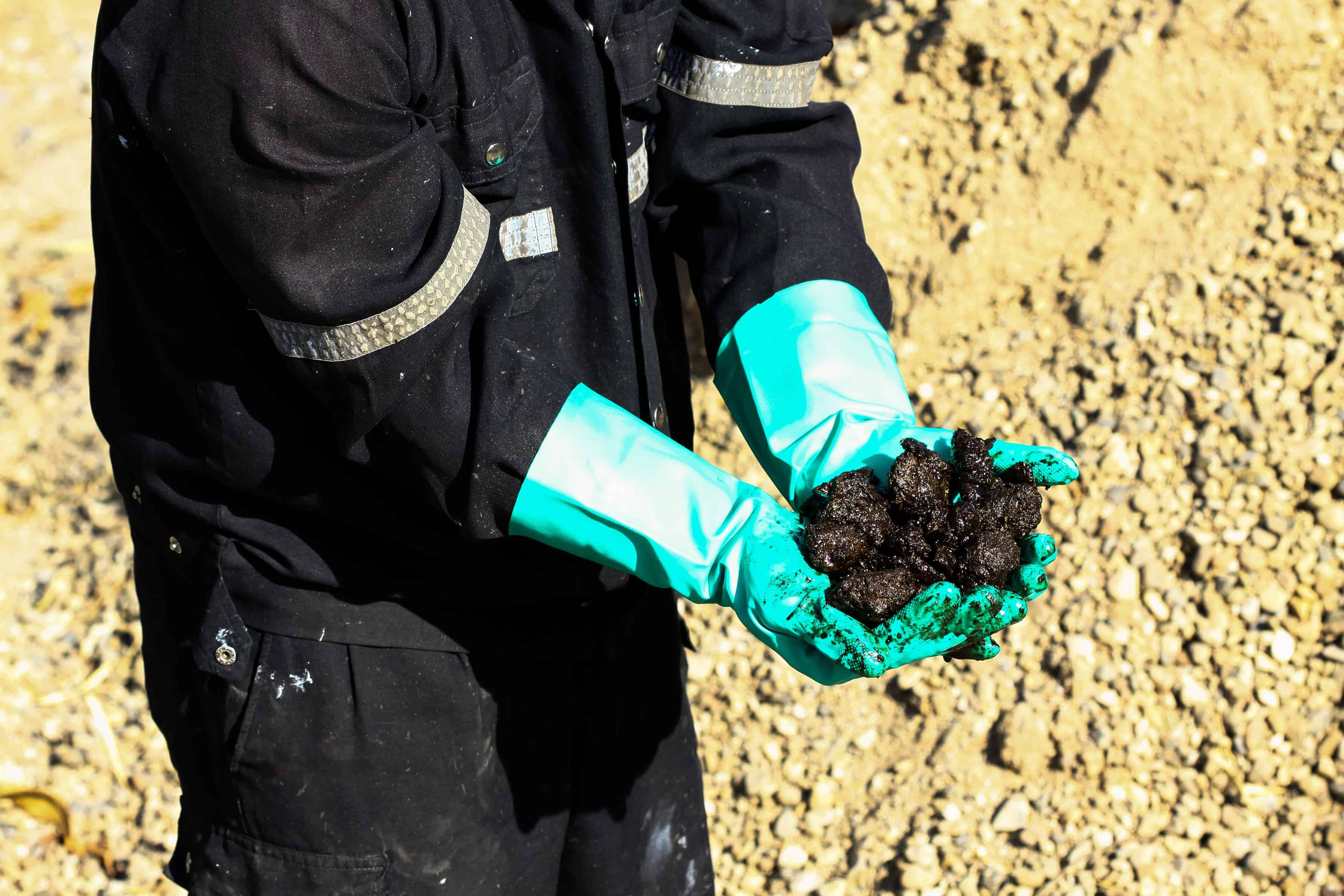The last year has been a tough one for investors in Canada’s oil sands. Not only have highly volatile oil prices weighed on their performance, but a lack of transportation capacity and environment pressures continue to darken their long-term outlook. As a result, many major oil sands producers, including Canada’s largest, such as Canadian Natural Resources (TSX:CNQ)(NYSE:CNQ), have failed to keep pace with oil’s latest recovery.
For the year to date, Canadian Natural Resources stock has only gained around 5% compared to the North American oil benchmark West Texas Intermediate (WTI) soaring by almost 14%. This has triggered speculation that now is the time to acquire Canadian Natural Resources.
Lower discount for Canadian crude
The company — along with Cenovus Energy, which is the third-largest domestic oil sands producer, lobbied the provincial government of Alberta for the introduction of mandatory production cuts to bolster the price of Canadian crude. The success of that measure, which took effect on January 1, 2019, can be seen from the differential between Canadian crude benchmark prices and WTI narrowing sharply after the cuts were announced.
Regardless of WTI prices collapsing at the end of 2018 to be hovering at around US$52 per barrel, both Western Canadian Select (WCS) heavy oil and Edmonton Par light crude are trading at significantly higher prices than when WTI was selling for over US$66 per barrel. That — along with a focus on controlling costs — will significantly boost Canadian Natural Resources’s operational profitability, thereby boosting earnings.
For 2019, the oil sands giant expects to produce between one million and 1.1 million barrels, which, at the upper end of that guidance, represents roughly a 4% increase over 2018.
While over 60% of Canadian Natural Resources production comes from the oil sands, only 23% of its forecast 2019 oil output is comprised of heavy oil. This will help to minimize the impact of the volatile price differentials impacting WCS. The remainder of its oil sands output is upgraded to lighter synthetic forms of crude, which typically sell in line with WTI pricing.
Nonetheless, 24% of Canadian Natural Resources’s oil equivalent production is comprised of natural gas produced in Canada. Much like Canadian crude before Alberta announced production cuts, the domestic AECO price is trading at a steep discount to the North American Henry Hub benchmark. That has the potential to impact the energy major’s earnings.
Canadian Natural Resources’s offshore operations allow it to access international Brent pricing, which because it trades at around a US$9-a-barrel premium to WTI helps to offset the financial impact of weaker AECO and WCS pricing.
The company also has a solid balance sheet, ending the third quarter 2018 with $296 million in cash and $19.2 billion of long-term debt, which is a manageable 1.7 times adjusted EBITDA. That means Canadian Natural Resources can weather another oil price collapse while continuing to fund development and exploration activities.
The quality and diversity of the oil major’s assets, including low decline rates, which reduce the amount of sustained capital required combined with a focus on controlling costs, sees Canadian Natural Resources reporting some solid netbacks. For the third quarter, it reported a company-wide netback of $21.59 per barrel, which was 38% higher compared to a year earlier. That can be attributed to higher oil and an almost 2% year-over-year reduction in production expenses for Canadian Natural Resources oil operations.
Is it time to buy Canadian Natural Resources?
While I am not a tremendous fan of the oil sands, Canadian Natural Resources does appear attractively valued and will certainly benefit from higher crude. The scale, diversification, and profitability of its energy assets coupled with a solid balance sheet, significant financial resources, and an attractive valuation makes now the time to acquire Canadian Natural Resources.








